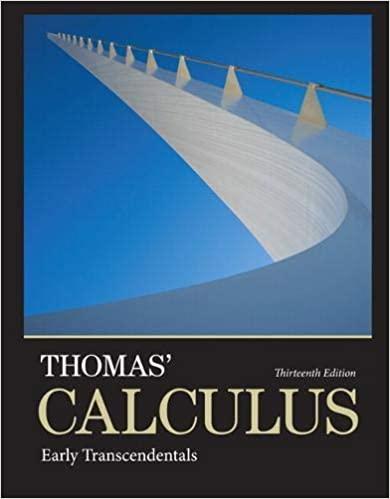What happens to the derivatives of sin x and cos x if x is measured in degrees
Question:
What happens to the derivatives of sin x and cos x if x is measured in degrees instead of radians? To find out, take the following steps.
a. With your graphing calculator or computer grapher in degree mode, graph
and estimate limh→0 ƒ(h). Compare your estimate with π/180. Is there any reason to believe the limit should be π/180?
b. With your grapher still in degree mode, estimate
c. Now go back to the derivation of the formula for the derivative of sin x in the text and carry out the steps of the derivation using degree-mode limits. What formula do you obtain for the derivative?
d. Work through the derivation of the formula for the derivative of cos x using degree-mode limits. What formula do you obtain for the derivative?
e. The disadvantages of the degree-mode formulas become apparent as you start taking derivatives of higher order. Try it. What are the second and third degree-mode derivatives of sin x and cos x?
Step by Step Answer:

Thomas Calculus Early Transcendentals
ISBN: 9780321884077
13th Edition
Authors: Joel R Hass, Christopher E Heil, Maurice D Weir





